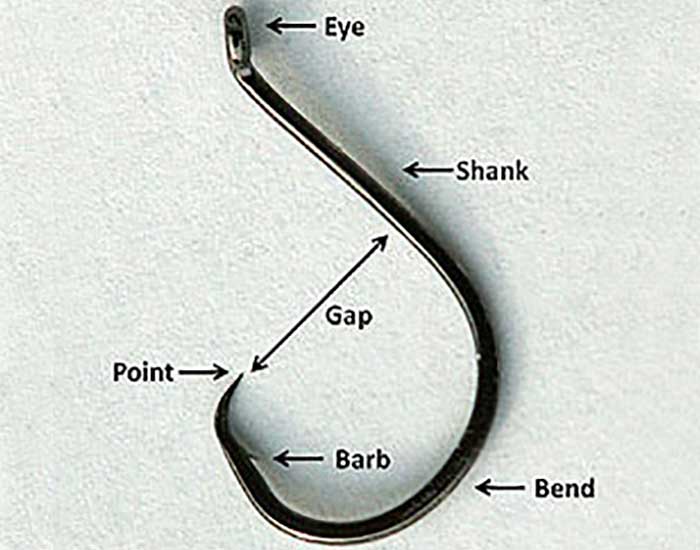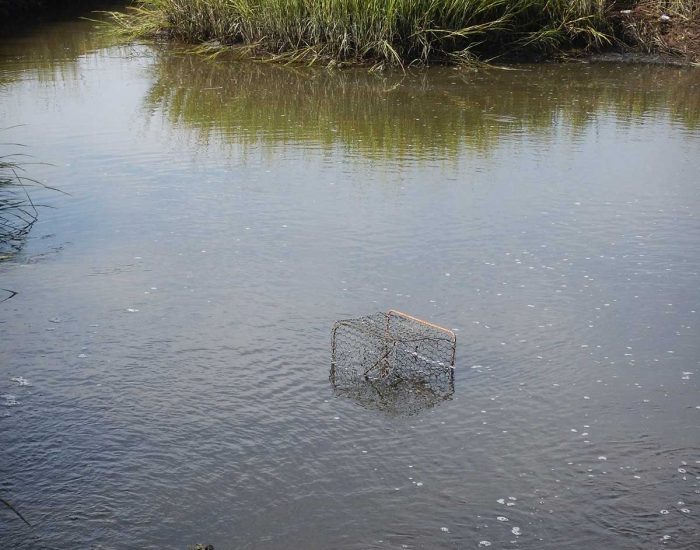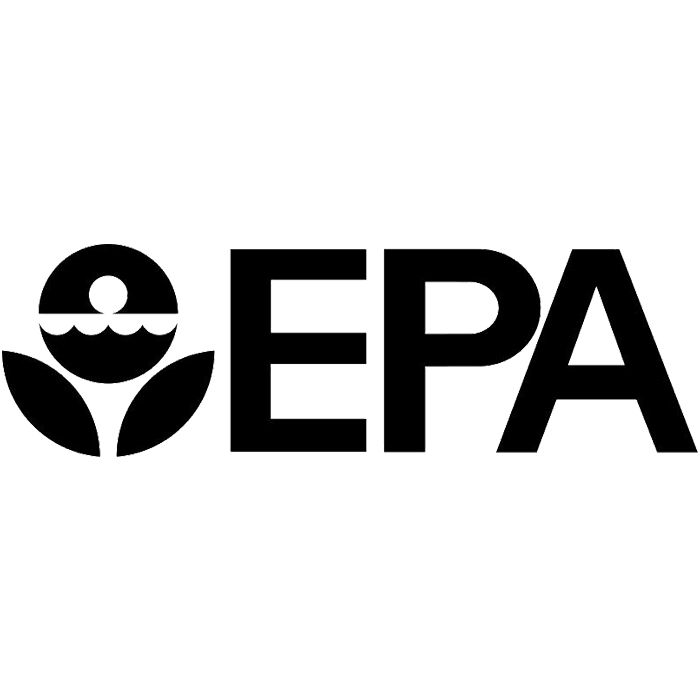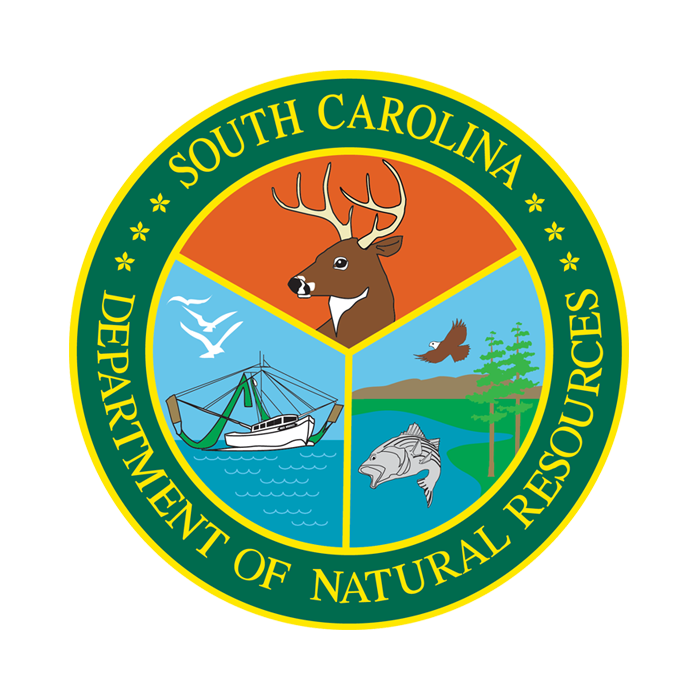What Can You Do?
Despite the many threats to the salt marsh-tidal creek ecosystem, there are a number of things that you can do to help protect it. Whether you are a homeowner, fisher, or recreation enthusiast, one of the biggest things you can do is to become a steward of our salt marshes and tidal creeks.
Salt marshes and tidal creeks provide all of us with benefits that enhance our quality of life through flood protection, pollution control, and seafood production, among others. Here are some actions you can take to do your part to protect the salt marsh-tidal creek ecosystem for you and your community.
Individuals
- Share your knowledge and appreciation with others!
- Get involved. Contact a local environmental organization to see how you can volunteer to help protect our salt marshes and tidal creeks.
- Do not litter and participate in local Beach or River Sweep Programs. Litter is an eyesore but can also harm marine life. Scientists are finding that plastics breaking down create microplastics within 8 weeks of entering the marine environment. You may not see microplastics, but they are very harmful to coastal animals.
- Buy a fishing license or fishing stamp even if you do not fish. In most states this money helps to fund research and conservation efforts.
- Make sure to pick up after your pets and dispose of waste properly! Pet waste is full of bacteria which can get washed into the marsh with stormwater runoff.
- Before you fertilize, get a soil test to see what kind of fertilizer you need or if you even need it.
- Follow the label for proper fertilizer and pesticide application. Be mindful of applying before large rain events, unless directed to do so, and store fertilizers and pesticides properly.
- Use water wisely! Do not over irrigate your lawn, and direct rain water to where it can soak into the ground. Install a rain barrel or cistern to collect rain and use it to water plants later.
- Dispose of chemical wastes, such as oil, properly, and recycle whenever possible.
Homeowners
- Contact the state agency responsible for protecting your coastal wetlands (defined in most states as the area below mean high water) before undertaking any activity near or in the marsh. You need to know the regulations and what you can and cannot do.
- Some states, and even specific areas within states, have vegetative buffer requirements. Before altering land adjacent to the marsh, you should check with the appropriate agency.
- Protect an existing vegetative buffer or plant a new vegetative buffer along the salt marsh to filter runoff and reduce erosion.
- If you have erosion, consider a living shoreline such as marsh grass or an oyster reef instead of a bulkhead or riprap.
- When planting on the upland, consider using native plants which require little irrigation or fertilizer. If you have invasive plants, such as Chinese tallow, dispose of them properly to limit their impact on the ecosystem.
- Minimize the amount of new impervious surfaces by keeping vegetation or using pervious material such as gravel and mulch instead of new concrete.
Anglers
- Know the fishing regulations in your state. Fishing limits are set to protect a species from decline.
- Participate in a volunteer fish tagging program to contribute information on fish species.
- Take steps to release the fish in a healthy condition if you are not planning to eat it.
- Use circle hooks to minimize the impact of the hook, and remove it as soon as possible.
- When using crab traps, make sure to check them every hour and release any diamondback terrapins that may be trapped, since they need to breathe air.
- Crab traps left in the water when you are not fishing for crabs are called “ghost traps.” Dispose of these traps responsibly to avoid trapping diamondback terrapins or other animals.

Circle hook

Ghost trap

Sign promoting marsh protection

Blue crab measuring board






